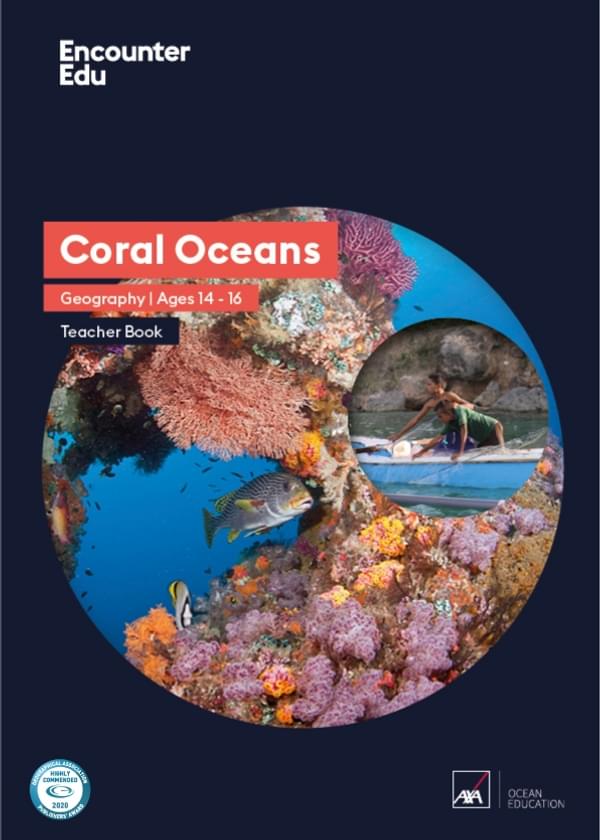Learn more: Human impacts on the coral reefs
Overfishing
During the 19th and early 20th centuries, the Great Barrier Reef supported large commercial fisheries for export, including for sea
cucumbers and turtles. Most of these fisheries have now collapsed or are no longer commercially viable.
Overfishing of large species in tropical waters has had an impact on their numbers. Whales, dugongs, turtles, and sharks are now all severely depleted worldwide. The population of dugongs on the Great Barrier Reef has declined by more than 90% in the past 30 years, and they are still the target of illegal fishing.
Larger carnivorous species such as groupers and snappers have also been affected on the Great Barrier Reef. The level of overfishing is fairly low compared to other reefs, but even so, the biomass (total weight) of larger species has been reduced by 4-5 times on fished reefs, compared to nearby reefs protected by 'No-Take Areas' (NTAs).
Overfishing does not just affect those species directly targeted, it affects the balance of the ecosystem as a whole. The removal of carnivorous species has led to unsustainable levels of sea urchins in some areas.
Conservation methods such as NTAs help to maintain the balance of life on the coral reef, and healthy populations of herbivorous fish assist in preventing seaweed blooms, allowing corals to re-grow after a disturbance.
Recreational impacts
The Great Barrier Reef contributes significantly to the Australian economy. In 2006-07, it was estimated that the value of Great Barrier Reef tourism was $5.1 billion. Tourism generates 66,000 jobs and brings over 1.9 million visitors to the Great Barrier Reef each year.
In the 1950s and 1960s, tourism was not as popular as it is today. There were only 12 tour operators for the Great Barrier Reef in 1968, but this increased rapidly, with 187 operators established by 1980, and 742 by 1998.
This sudden growth meant that tourism activity was largely unregulated, and has had a negative impact on the reef ecosystem, through:
- anchor damage to reefs
- boat collisions with large animals
- damage to coral from scuba divers
- trampling and littering
- sewage and pollution from hotels, boats, and resorts
While these problems do still exist to an extent, they have far less of created zoning maps, showing what activities can take place across different areas of the reef. The reef tourism industry now plays a major role in promoting responsible activities by visitors, and initiatives such as the use of public moorings at popular sites have sharply reduced anchor damage.
Habitat loss
The reef-forming corals on the Great Barrier Reef create the habitat for much of the life found in this region, meaning that threats to the coral harm the ecosystem as a whole.
Coastal developments, urbanisation, and other factors such as industrialisation and shipping in coastal areas, pose a threat to life in the Great Barrier reef region.
Trawlers can damage patches of seagrass, used as food by animals such as sea turtles and dugongs. The nesting sites of a variety of turtle species are vulnerable. Turtles return to the same beach where they were born, meaning that any developments on these beaches will affect their reproductive capacity.
In some cases, lights on beaches from coastal resorts have disorientated hatchling turtles, who use the moon to guide them out to sea.
Industrialisation and increased shipping along the eastern coast of Australia also contribute to pollution and sedimentation on reefs close to the mainland.
Historical photographs of mainland reefs show vibrant strands of coral along the Queensland coast that are increasingly degraded today.

Science | Ages 11-14
Coral Oceans
These resources for ages 11-14 are based on the journeys undertaken by science teams taking part in the XL Catlin Seaview Survey expeditions. Starting with the Great Barrier Reef in 2012, these expeditions seek to create a baseline survey of the world's reefs as well as more in-depth research on the deep reef lying between 30m and 100m.

Science | Ages 14-16
Coral Oceans
This Coral Oceans GCSE Science unit of work challenges students to think about the impact they have on coral reefs as they study their importance, the consequences of threats and how to protect them. The cumulative approach to this unit means students will develop skills throughout to complete a decision-making exercise in the last lesson.
